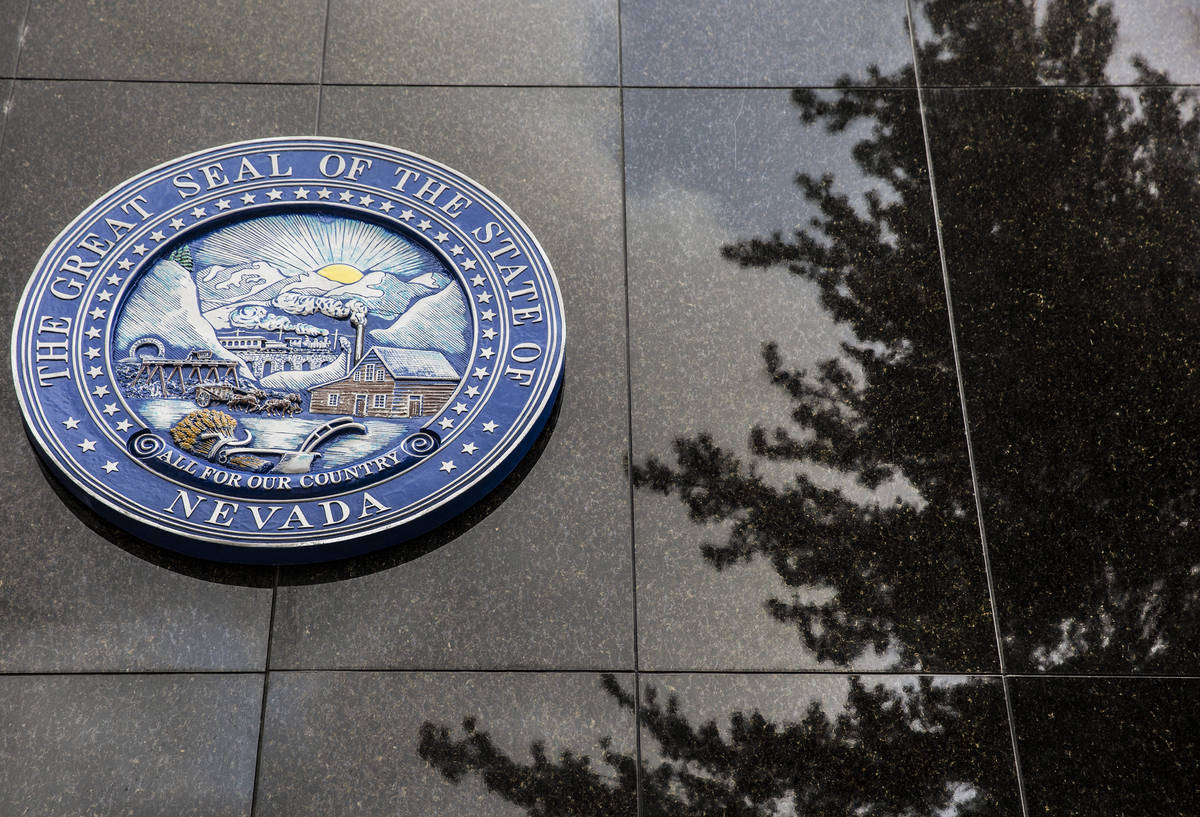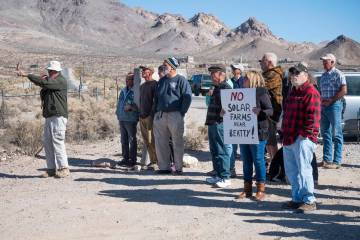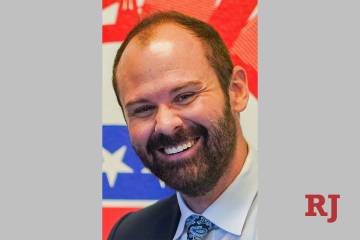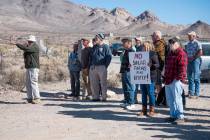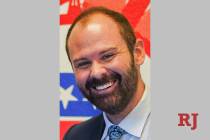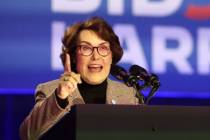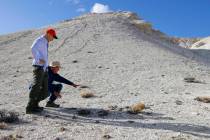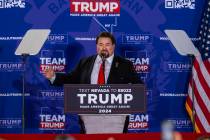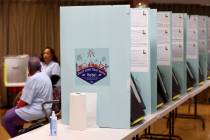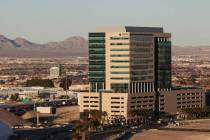Economic experts fret about Nevada’s fiscal future
CARSON CITY — A raft of financial data underscoring the COVID-19 pandemic’s impact on Nevada, presented Thursday to the state’s panel of economic forecasters, shows the extent to which billions in federal fiscal stimulus and assistance to governments and residents forestalled a much greater economic crisis in the state.
At the same time, members of the state’s Economic Forum openly fretted about the prospects for Nevada’s fiscal and economic well-being moving into 2021 without additional stimulus from Washington that could help sustain the state through eventual widespread distribution of a vaccine into 2022.
What emerged as well in forum’s second meeting of the year was the contrast between northern and southern parts of the state, with the latter more dependent on economically sensitive industries such as hospitality to thrive and suffering worse under pandemic-caused economic strictures.
“The dependency on stimulus really all the way through the point of a broad-based distribution of vaccine is clearly going to have an impact, particularly in the southern portion of the state, and I think it’s really hard to understate that,” Chairman Craig Billings said as the forum’s six-hour meeting wrapped up.
The forum sets the projected state revenue figures the governor and Legislature rely on to create the biennial state budget. Thursday’s meeting covered a swath of data including employment, housing sales and construction, state tax collections, rental assistance programs, unemployment, and various industry and regional breakdowns.
State gets $20B in aid
In this year of coronavirus, the forum also heard an accounting of federal pandemic aid Nevada received: Since March, the total is $20.8 billion, including $17 billion under the federal CARES Act approved in at the end of March. That assistance came as the state’s gross domestic product declined more than $25 billion between the last quarter of 2019 and second quarter of 2020.
Of the $17 billion in CARES Act funds, $6.8 billion was distributed in stimulus checks and unemployment, and $4.2 billion went into paycheck protection program, helping nearly 46,000 businesses retain 430,000 jobs, according to data presented to the forum Thursday by Applied Analysis. Stimulus payments such as those have ended and will be exhausted by the state by the end of the year, and Congress and the president have thus far failed to approve the next round of stimulus.
“I’m very concerned about 2021 and 2022,” analyst Jeremy Aguero of Applied Analysis told the forum. The firm’s models assume a vaccine will start to become available early in 2021 and roll out widely over 12 months and that the nation’s economy will learn to adapt to life with the virus.
“Going into 2021, I think we’d have to be looking at an elevated unemployment rate, we have to be looking at reduced stimulus and the continued economic downturn that we’re going to be faced with,” Aguero said. “Do I think it’s going to be the full magnitude of what we faced over the past few months when our economy was essentially shut down? No, I don’t. But it is the long arc of the COVID-19 crisis that that keeps me up at night.”
More than half of jobs restored
— As of August the state had recovered nearly 151,000 of the 287,000 jobs that were lost at the height of the pandemic’s impact in April, when the state’s unemployment rate topped 30 percent. Of those maximum job losses, 84 percent, or 242,000 occurred in Clark County. August unemployment was 13.2 percent statewide, but 15.5 percent in the Las Vegas area and 7.2 percent in Reno. A consensus estimate from the governor’s Office of Economic Development puts the most likely unemployment for next March at 14 percent.
— Actual tax revenue collections for the fiscal year that ended June 30, though sharply down as a result of the economic contractions throughout the state, were slightly better than analysts predicted at the time. At the end of June, forecasters had projected a more than $457 million hit on revenues, or more than 10 percent of the $4.4 billion state general fund budget. The actual decline came in at $369 million, or 9.1 percent, including $162 million less in gaming tax revenue and $96 million less in sales tax.
^
Contact Capital Bureau reporter Bill Dentzer at bdentzer@reviewjournal.com. Follow @DentzerNews on Twitter.



